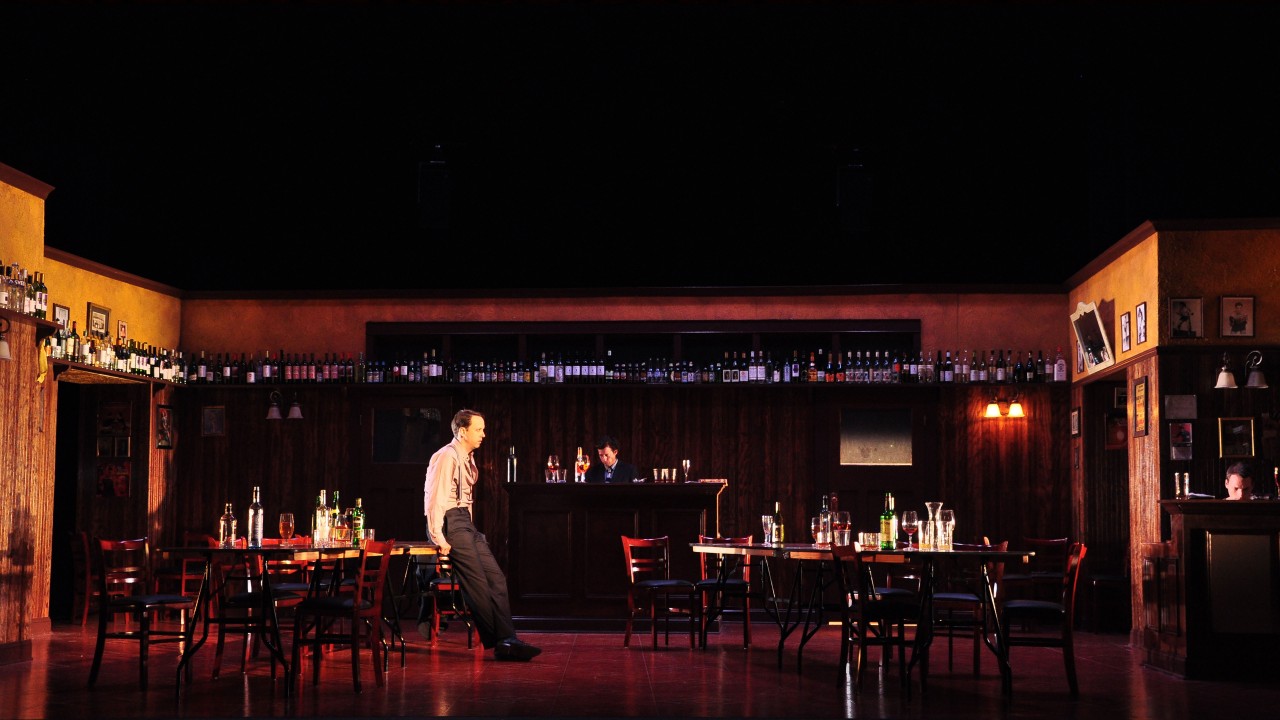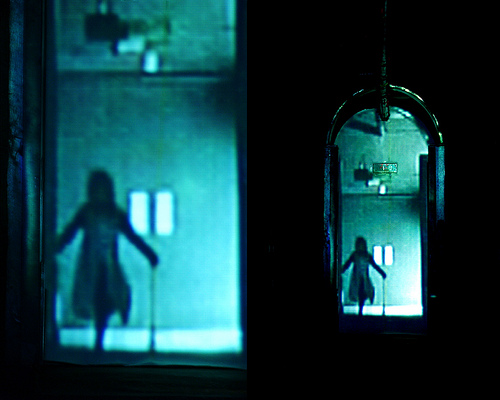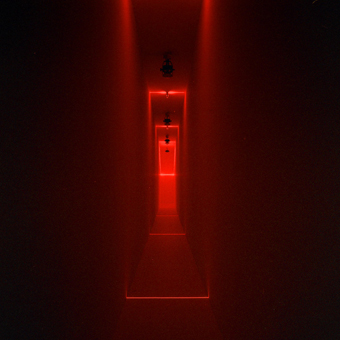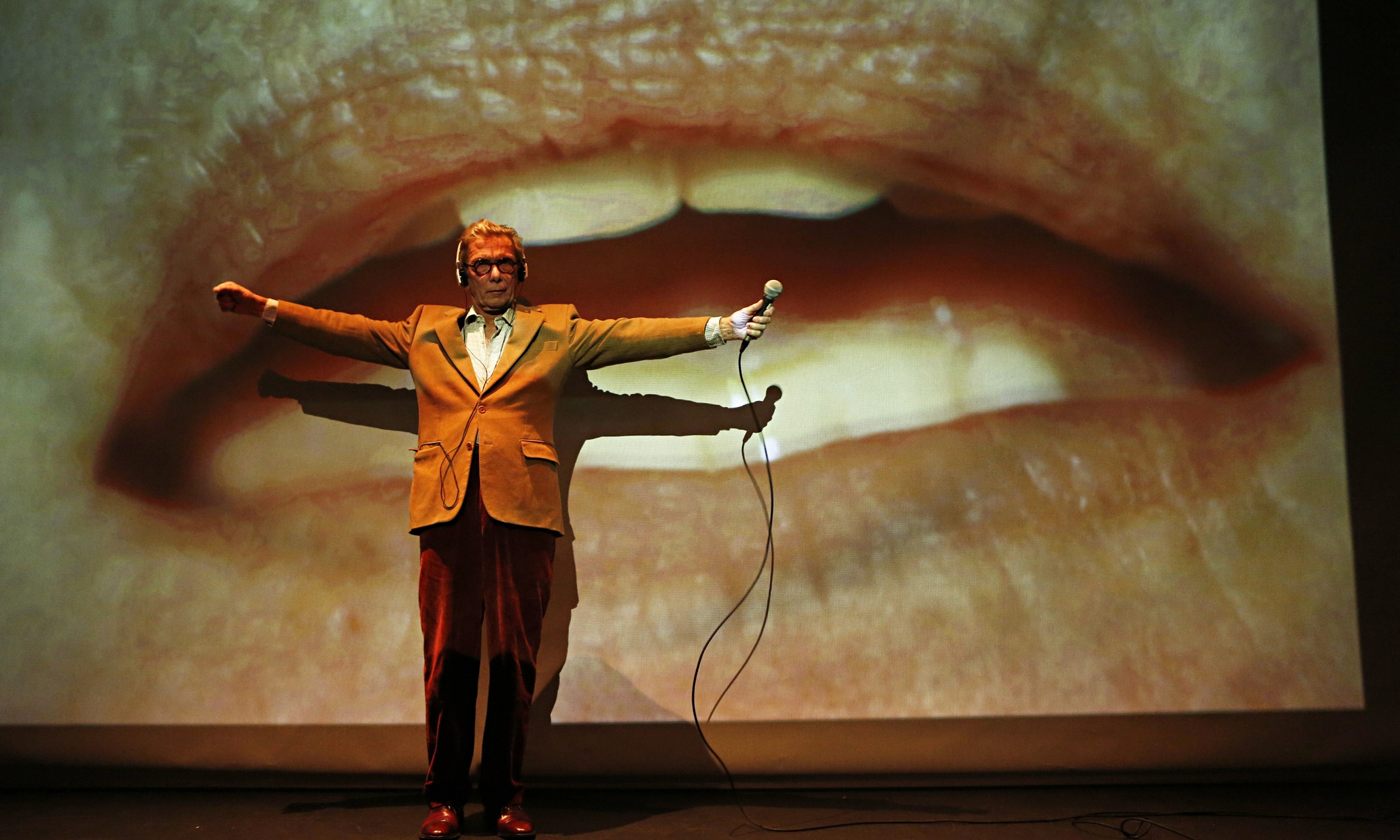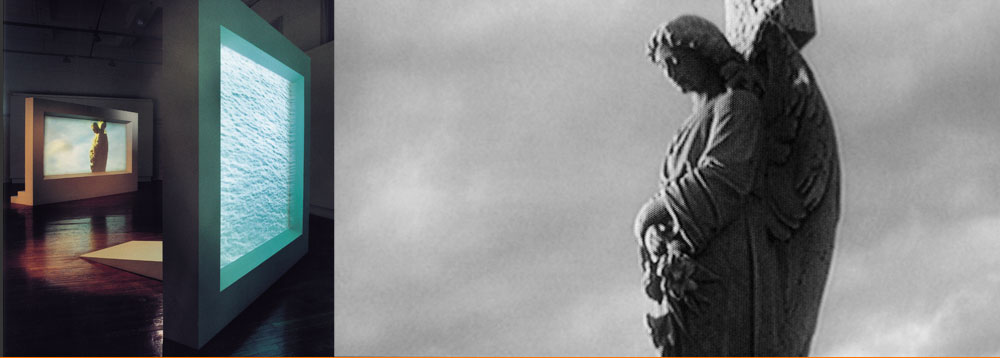This is part of a series of blogs about influences on Dark Land Light House.
Elevator Repair Service: The Sun Also Rises
I was giving a lecture to a student group recently, and talked about the integrated interdisciplinary process of developing DLLH. One of the students asked me the question: how do you balance this interdisciplinary approach with making something that isn’t sensorially overwhelming? It’s a fair question. And my response is that, in DLLH, we actively want to create moments that feel overwhelming.
In the Existential Sci-Fi post, I refer to Beckett’s quote about Not I being something he hoped “would work on the nerves of the audience”. I don’t think it’s something we’re all that used to in British theatre. This experiential desire is something I find much more in music, dance, live art or European theatre. In relation to DLLH, I’d particularly pick out:
I saw a couple of Rosie’s installations many years ago at National Review of Live Art. I found them really uncanny and incredibly effective in the way her ghostly entities inhabited uncomfortable spaces. They’re most unsettling I think because they are genuinely site-specific. They feel like real ghosts for this real space. Really got under my skin.
Ikeda’s a really big influence on us generally. I think he does an amazing job of conveying technological experience as sensory and vivid and beautiful and scary. There’s an installation he made called Spectra II, which is basically a long thin corridor, which you walk to one end of and back again. There’s a very minimal, but specific sound and light design that sat at the edges of my perception. It’s one of the most extraordinary, disorienting and transportive art experiences I’ve ever had. I still can’t quite believe what I experienced. Genuinely immersive. Totally otherworldly. Proper sci-fi.
Another key influence on all our theatremaking. ERS make astonishing, alive, detailed theatre out of material that is generally deemed ‘non-dramatic’. In relation to DLLH, I’ve been thinking a lot about how much ERS invite the audience to watch people just doing stuff – cleaning glasses, typing, sitting around and watching other people… there’s an immense choreography of detail in what they do that gives a brilliant sense of intimacy (despite working at mid-scale) and of how time passes.
I saw Lippy last year and it completely blew me away. The desperate, nightmarish, unknowability of the scenario it was presenting was expressed in such vivid, overwhelming accumulation. I caught myself literally gasping at the end of it. The craft of it was brilliant. The use of design elements and technology was wholly integrated and exquisite. It was completely unapologetic and it demanded my attention as a result. To my mind, people who criticised it for being “difficult” were making a category error. Bring the complex. Bring the difficult. This stuff exists in our lives and we shouldn’t dismiss it.
Another installation from years back – nearly 20 years back in fact. Dalziel and Scullion’s video installation Endlessly has been coming to mind a lot for me. Time, the passing of time, and how that shapes our sense of self and purpose are important themes in DLLH and I think Endlessly captures the sense of time passing in the most beautiful, peaceful and inevitable way. When I saw it in Edinburgh back in 1997, I found myself returning to it repeatedly. Always there.
